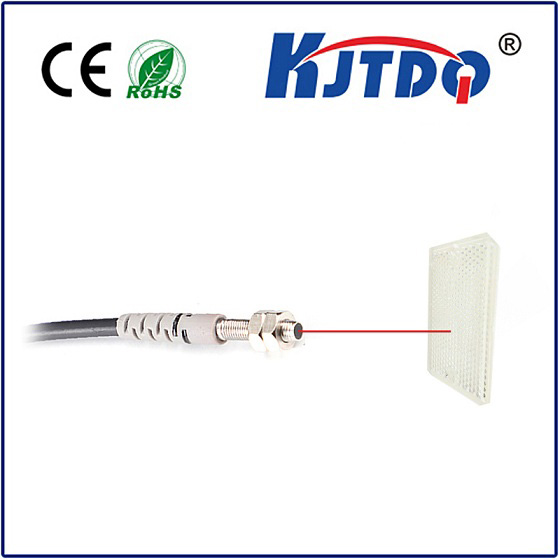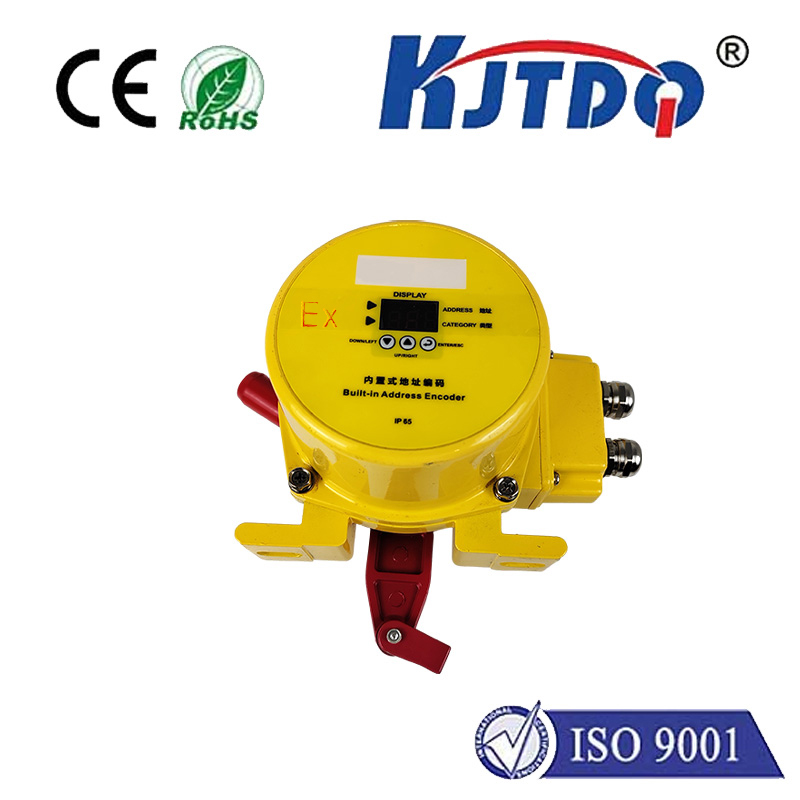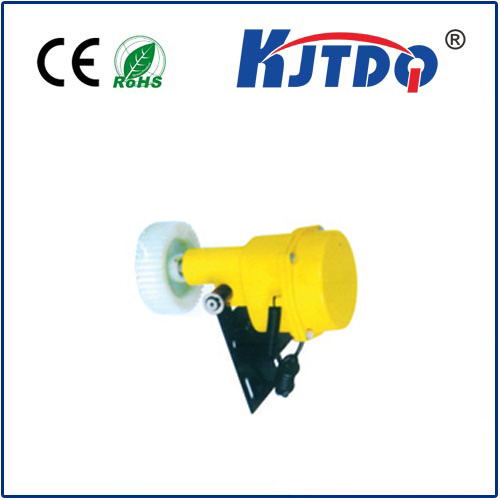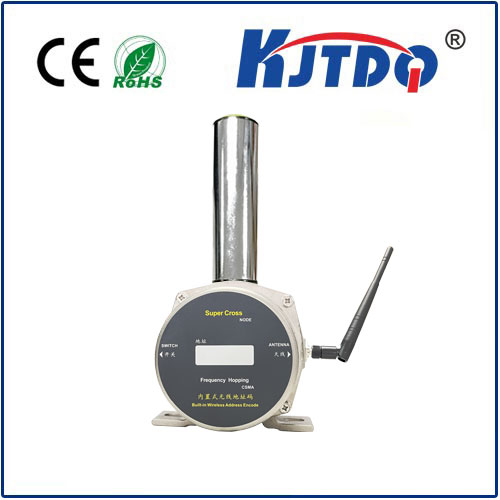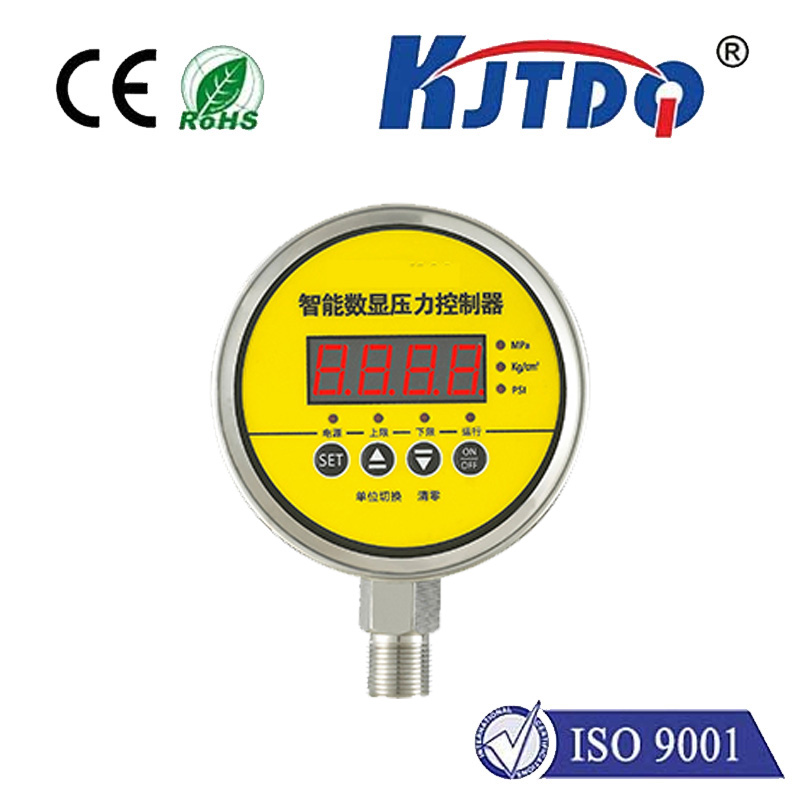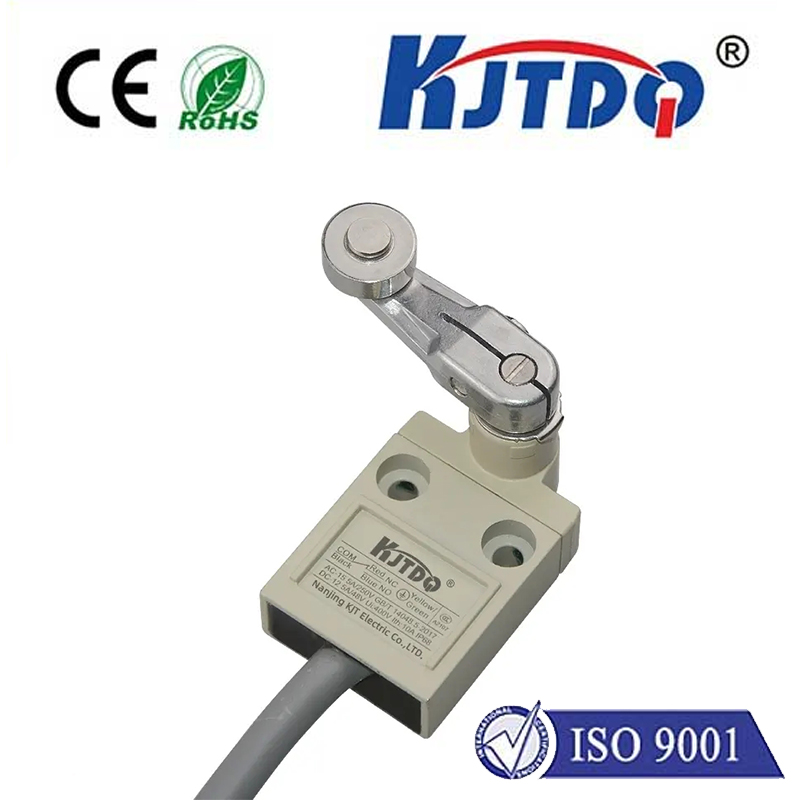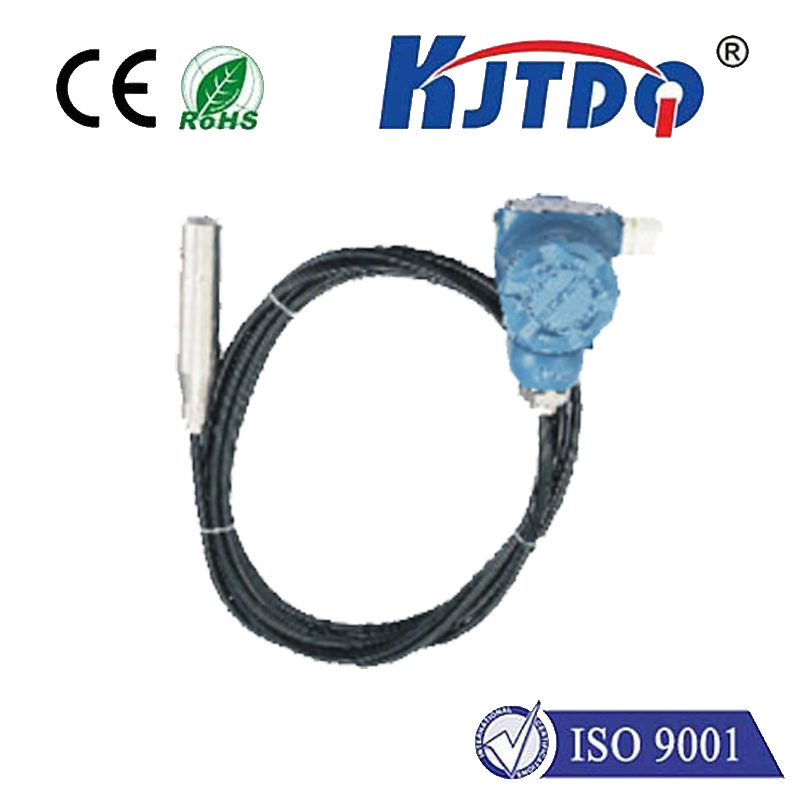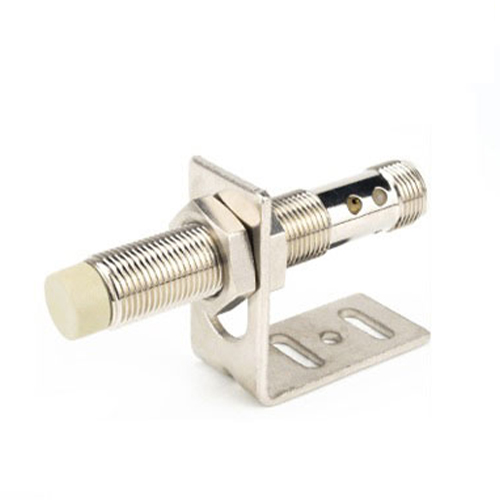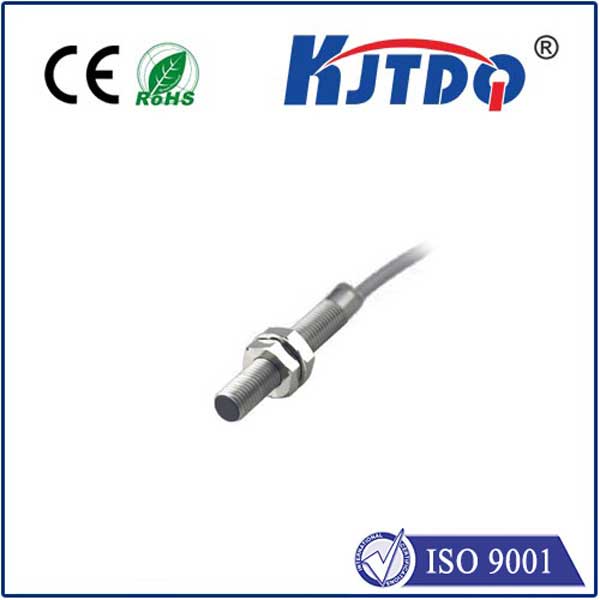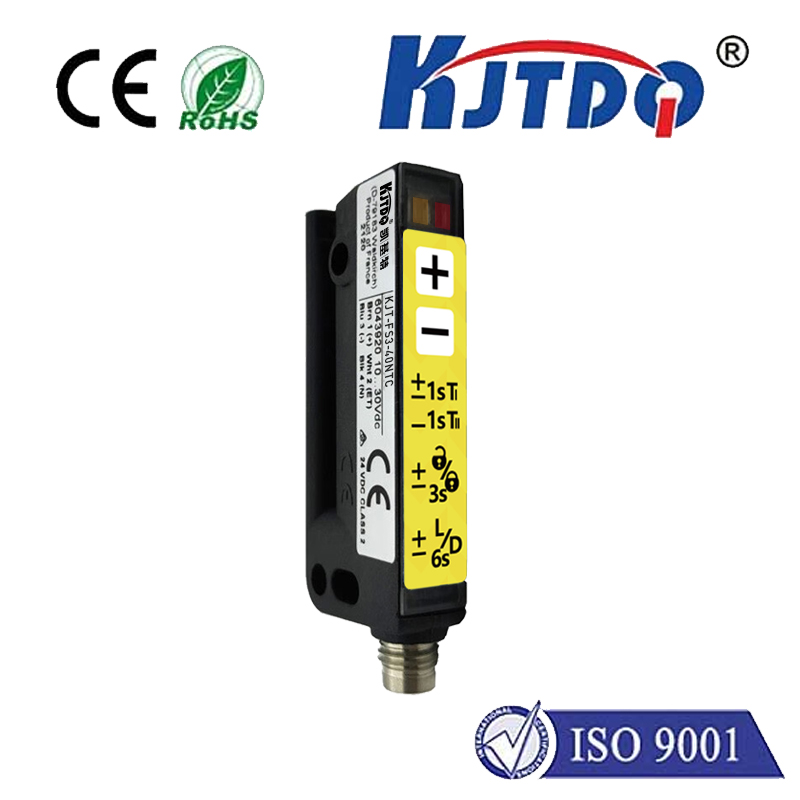

check

check

check

check

check

check

check

check

check

check
20VAC Photoelectric Sensor: The Future of Automation and Efficiency
Photoelectric sensors have revolutionized the world of automation, making it possible to detect objects, measure distances, and control processes with unprecedented accuracy and efficiency. Among the various types of photoelectric sensors available in the market, the 120VAC photoelectric sensor stands out for its unique features and benefits. In this article, we will explore the key aspects of this innovative technology and its impact on various industries.
What is a 120VAC Photoelectric Sensor?
A 120VAC photoelectric sensor is a device that uses light to detect objects, measure distances, or trigger actions. It consists of a light source (usually an LED) and a photodetector (a photodiode or phototransistor) that are separated by a gap. When an object interrupts the light beam between the emitter and the receiver, the output signal changes, indicating the presence or absence of the object. This simple yet powerful mechanism makes photoelectric sensors ideal for a wide range of applications.
Benefits of Using a 120VAC Photoelectric Sensor

One of the main advantages of using a 120VAC photoelectric sensor is its compatibility with most industrial environments. Unlike other sensor types that require special power sources or installation procedures, a 120VAC photoelectric sensor can be easily integrated into existing systems without any additional hardware or software. Moreover, it offers high reliability and long-term stability, ensuring consistent performance even under harsh conditions such as dust, moisture, or temperature fluctuations.
Another benefit of using a 120VAC photoelectric sensor is its ability to provide precise measurements and accurate detection. By adjusting the sensitivity settings, users can customize the sensor's response to different materials, colors, shapes, and sizes. This flexibility allows for more efficient sorting and quality control processes, reducing waste and increasing productivity.
Applications of 120VAC Photoelectric Sensors
The versatility of 120VAC photoelectric sensors has made them popular across various industries and applications. Some common examples include:
1. Packaging and labeling systems: Photoelectric sensors are used to detect product presence, count items, and monitor conveyor belt speeds, ensuring accurate packaging and labeling.
2. Manufacturing lines: These sensors play a crucial role in assembly lines, where they help automate parts handling, alignment, and inspection tasks. They also enable real-time monitoring of production processes, improving overall efficiency and reducing downtime.
3. Automated storage and retrieval systems (AS/RS): In warehouses and distribution centers, photoelectric sensors assist in inventory management by identifying products and tracking their movement within the facility.
4. Security systems: Photoelectric sensors are commonly used in access control systems, perimeter protection, and intrusion detection systems to ensure the safety and security of personnel and assets.
Conclusion
The 120VAC photoelectric sensor represents a significant advancement in automation technology, offering unparalleled accuracy, reliability, and flexibility for a wide range of applications. Its ease of integration, compatibility with diverse environments, and customizable settings make it an essential tool for businesses looking to streamline operations and enhance productivity. As we continue to embrace smarter solutions for modern challenges, the 120VAC photoelectric sensor remains at the forefront of innovation in the field of automation and efficiency
